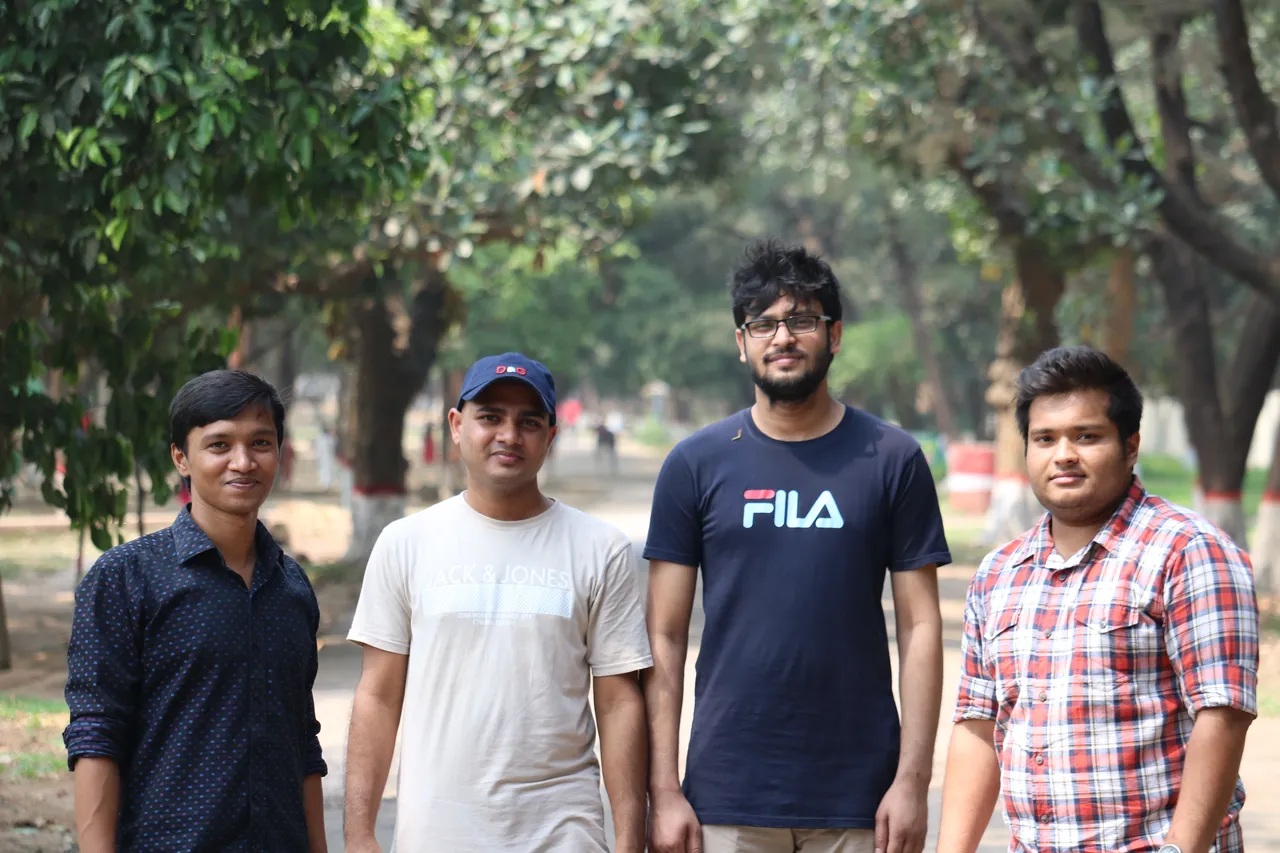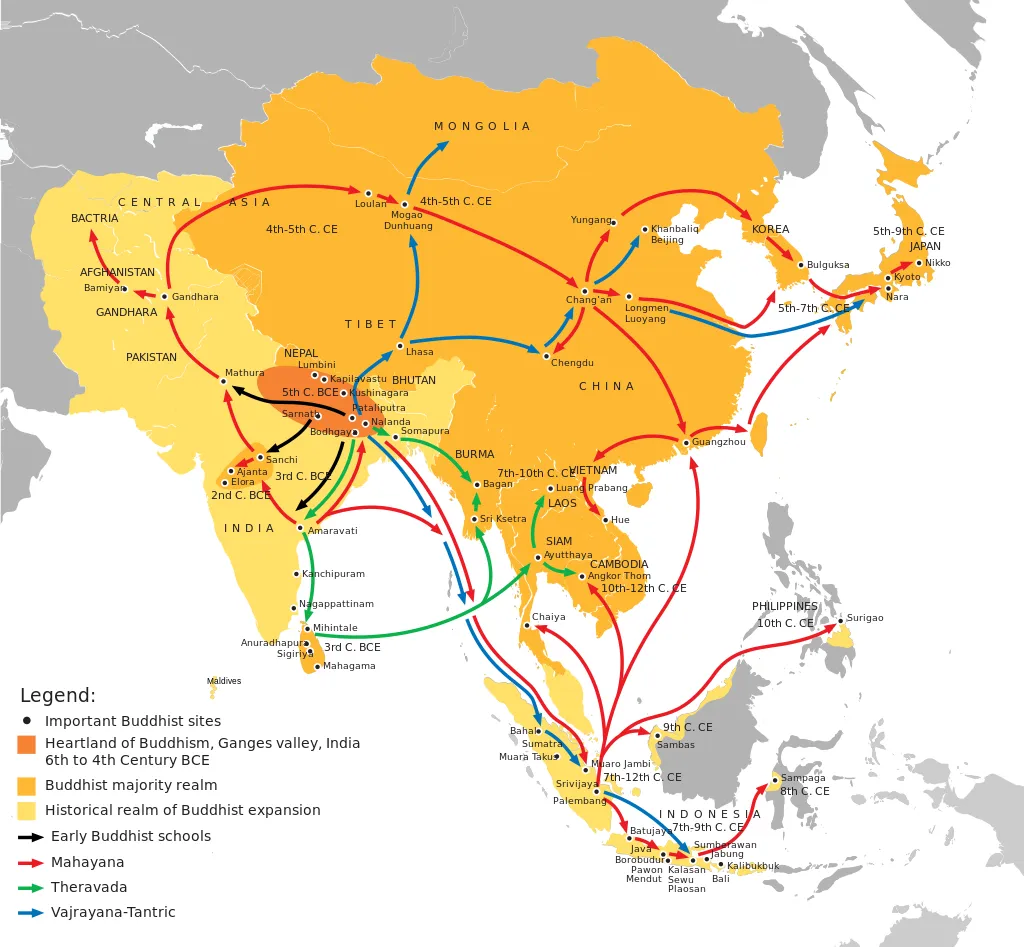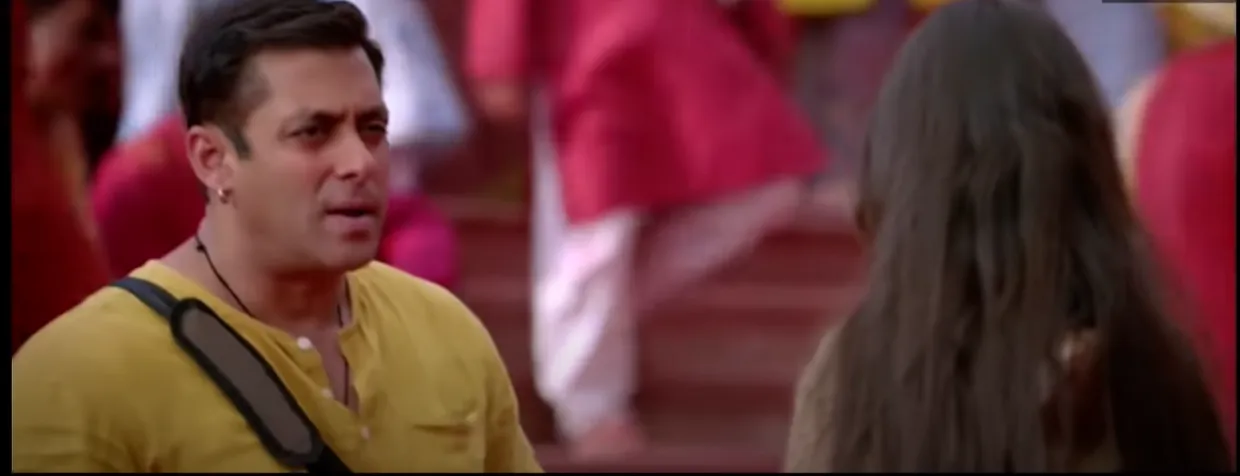 Some undying clicks from the memory!
Some undying clicks from the memory!
My dear friend @tanzil2024 is a scientist from Bangladesh and is currently studying in China.
I wondered what kind of life he was living in China!
According to my personal experience, the Chinese tend not to reveal their thoughts and feelings to foreigners!
So, I guessed Hassan would have trouble making Chinese friends!
I imagined that perhaps he is now suffering from loneliness and homesickness!
So, I want to tell him an interesting story about the Chinese and Chinese civilization!
Hassan explained to me the concept of cryptocurrency, how to trade, and Splinterlands.
So, I believed that talking with him would help me a lot!
As a brilliant science student, he expected to give me information about the concepts and uses of blockchain that I was not familiar with.
In fact, unlike Hasan, a humanities student like me does not have the skills and information to handle computers and smartphones.
So far, I have asked Americans and Europeans about the concept and usage of blockchain and cryptocurrency, but with no satisfactory results.
However, Hassan's explanation came to me easily. Clearly Hassan seemed gifted as an educator!👍😄
So, I decided to tell Hasan about the secrets his Chinese friends are hiding.😉😆
Indian civilization meets Chinese civilization!
I want to tell Hasan about the historical fact that Indian civilization 2000 years ago spread to China!
I wonder what kind of expression he will make of the imagination that men in East Asia, including China, Japan, and Korea, have about India's Hindu culture.😄
 The Statue of Kumārajīva in front of the Kizil Caves in Kuqa County, Xinjiang, China
The Statue of Kumārajīva in front of the Kizil Caves in Kuqa County, Xinjiang, China
Kumārajīva (Sanskrit: कुमारजीव; traditional Chinese: 鳩摩羅什; simplified Chinese: 鸠摩罗什; pinyin: Jiūmóluóshí; Wade–Giles: Chiu1 mo2 lo2 shih2, 344–413 CE)[1] was a Buddhist monk, scholar, missionary and translator from the Kingdom of Kucha (present-day Aksu Prefecture, Xinjiang, China). Kumārajīva is seen as one of the greatest translators of Chinese Buddhism. According to Lu Cheng, Kumarajiva's translations are "unparalleled either in terms of translation technique or degree of fidelity".[2]
Kumārajīva first studied teachings of the Sarvastivadin schools, later studied under Buddhasvāmin, and finally became an adherent of Mahayana Buddhism, studying the Mādhyamaka doctrine of Nāgārjuna. After mastering the Chinese language, Kumārajīva settled as a translator and scholar in Chang'an (c. 401 CE).[3] He was the head of a team of translators which included his amanuensis Sengrui.[4] This team was responsible for the translation of many Sanskrit Buddhist texts into Chinese.
Kumārajīva also introduced the Madhyamaka school of Buddhist philosophy into China which would later be called Sanlun (the "Three Treatise school").[5]
Kumārajīva (Sanskrit: कुमारजीव; traditional Chinese: 鳩摩羅什; simplified Chinese: 鸠摩罗什; pinyin: Jiūmóluóshí; Wade–Giles: Chiu1 mo2 lo2 shih2, 344–413 CE) is regarded by the Chinese as the greatest creator of Chinese Buddhism.
In 379 CE, Kumārajīva's fame reached China when a Chinese Buddhist monk named Seng Jun visited Kucha and described Kumārajīva's abilities. Efforts were then made by Emperor Fu Jian (苻堅) of the Former Qin Dynasty to bring Kumārajīva to the Qin capital of Chang'an.[14] To do this, his general Lü Guang was dispatched with an army in order to conquer Kucha and return with Kumārajīva. Fu Jian is recorded as telling his general, "Send me Kumārajīva as soon as you conquer Kucha."[15] However, when Fu Jian's main army at the capital was defeated, his general Lü Guang declared his own state and became a warlord in 386 CE, and had Kumārajīva captured when he was around 40 years old.[16] Being a non-Buddhist, Lü Guang had Kumārajīva imprisoned for many years, essentially as booty. During this time, it is thought that Kumārajīva became familiar with the Chinese language. Kumārajīva was also coerced by Lü into marrying the Kucha King's daughter, and so he was forced to give up his monk's vows.[17]
After the Yao family of Former Qin overthrew the previous ruler Fu Jian, the emperor Yao Xing made repeated pleas to the warlords of the Lü family to free Kumārajīva and send him east to Chang'an.[18] When the Lü family would not free Kumārajīva from their hostage, an exasperated Yao Xing had armies dispatched to Liangzhou in order to defeat the warlords of the Lü family and to have Kumārajīva brought back to them.[18] Finally the armies of Emperor Yao succeeded in defeating the Lü family, and Kumārajīva was brought east to the capital of Chang'an in 401 CE.[18]
Kumārajīva was a great Buddhist monk and thinker who became a prisoner of war for a Chinese general.
The Chinese general made him a slave and inflicted all kinds of pain, contempt, and humiliation.
He lost his Buddhist monk status because the Chinese general forced him to marry him in order to insult him.
Kumārajīva learned Chinese while in slavery and became proficient in speaking Chinese.
Perhaps my friend Hassan is still unfamiliar with Chinese.😄
At Chang'an, Kumārajīva was introduced to the emperor Yao Xing, the court, and the Buddhist leaders. He became a famous and well respected in China, being given the title of "National Preceptor" (guoshi).[19][20] At Chang'an, Kumārajīva led a court sponsored translation team of scholars who worked on translating numerous Sanskrit Buddhist texts into the Chinese language.[5] Yao Xing looked upon him as his own teacher, and many young and old Chinese Buddhists flocked to him, learning both from his direct teachings and through his translation bureau activities at the Xiaoyao Gardens where daily sessions were held (attended by over a thousand monks).[19] Within a dozen years, Kumārajīva's translation bureau had translated about thirty five sutras in 294 scrolls. His translations are still in use today in Chinese Buddhism.[5] Kumarajiva had four main disciples who worked on his team: Daosheng (竺道生), Sengzhao (僧肇), Daorong (道融), and Sengrui (僧睿).
When Kumārajīva's reputation as an outstanding Buddhist scholar spread to China, the Chinese emperor sent an army to take him to China.
Kumārajīva, together with Buddhist monks in China, started a business of translating Buddhist scriptures from Sanskrit into Chinese.
Kumārajīva was a very good translator, so the Buddhist scriptures he translated into Chinese spread throughout East Asia, including Korea and Japan.
Thus, the Buddhist thought he translated forms the basis of East Asian Buddhism.
 Buddhist expansion in Asia: Mahayana Buddhism first entered the Chinese Empire (Han dynasty) through the Silk Road during the Kushan Era. The overland and maritime "Silk Roads" were interlinked and complementary, forming what scholars have called the "great circle of Buddhism".[2]
Buddhist expansion in Asia: Mahayana Buddhism first entered the Chinese Empire (Han dynasty) through the Silk Road during the Kushan Era. The overland and maritime "Silk Roads" were interlinked and complementary, forming what scholars have called the "great circle of Buddhism".[2]
Chinese Buddhism or Han Buddhism (simplified Chinese: 汉传佛教; traditional Chinese: 漢傳佛教; pinyin: Hànchuán Fójiào) is a Chinese form of Mahayana Buddhism which has shaped Chinese culture in a wide variety of areas including art, politics, literature, philosophy, medicine and material culture. Chinese Buddhism is the largest institutionalized religion in Mainland China.[1] Currently, there are an estimated 185 to 250 million Chinese Buddhists in the People's Republic of China[1] It is also a major religion in Taiwan and among the Chinese Diaspora.
Buddhism was first introduced to China during the Han Dynasty (202 BCE–220 CE). The translation of a large body of Indian Buddhist scriptures into Chinese and the inclusion of these translations (along with Taoist and Confucian works) into a Chinese Buddhist canon had far-reaching implications for the dissemination of Buddhism throughout the East Asian cultural sphere, including Korea, Japan and Vietnam. Chinese Buddhism also developed various unique traditions of Buddhist thought and practice, including Tiantai, Huayan, Chan Buddhism and Pure Land Buddhism.
From its inception, Chinese Buddhism has been influenced by native Chinese religions and philosophy, especially Confucianism and Taoism, but also Chinese folk religion.
Even after 2000 years, Kumārajīva is still treated as a saint by East Asian Buddhists.
I wonder what my friend Hassan would think of that!😄
By the way, ordinary East Asian men like me do not know the profound thought of Buddhism.
Most East Asian men seem to be interested in the sensual beauty of Indian women.😉
 도로 사진입니다.
도로 사진입니다.
Bajrangi Bhaijaan (transl. Bajrangi the brother) is a 2015 Indian Hindi-language drama film[3] written and directed by Kabir Khan, based on an original story by screenwriter V. Vijayendra Prasad, and produced by Salman Khan and Rockline Venkatesh. The film stars Salman with Kareena Kapoor Khan, Nawazuddin Siddiqui and debutante Harshaali Malhotra, and tells the story of Pawan Kumar Chaturvedi, a devotee of the Hindu deity Hanuman, who embarks on a journey to take a mute six-year-old Pakistani Muslim girl Shahida, separated in India from her mother, back to her hometown.
Made on a budget of ₹90 crore (US$14.03 million), the principal photography commenced in November 2014. The cinematography was done by Aseem Mishra and was edited by Rameshwar S. Bhagat. Julius Packiam composed the film score while the songs featured in the film were composed by Pritam.
Bajrangi Bhaijaan received rave acclaim from critics who praised the storyline, dialogues, music, cinematography, direction and the performances, particularly those of Salman, Siddiqui and Malhotra, and became a huge commercial success; it grossed ₹969 crore ($150 million) worldwide, and is currently the fifth highest-grossing Indian film and second highest-grossing Bollywood film. It won the National Film Award for Best Popular Film Providing Wholesome Entertainment at the 63rd National Film Awards, and was nominated for four awards at the 61st Filmfare Awards, including Best Film and Best Actor, and won the Filmfare Award for Best Story. It was also nominated for Best Foreign Film in China's 2015 Douban Film Awards.[4][5][6]
In December 2021, Salman announced that a sequel is in development with V. Vijayendra Prasad set to write.

I was surprised to see the innocent beauty of an Indian girl!

I was surprised to find out that Indian girls' skin color is as white as Europeans, while Indian men's skin color is darker!😳
It surprised me that my friend Hassan looked like a European, but had a darker skin tone!
Perhaps Hassan was darkened by the hot rays of the Indian sun, I guess!


Many East Asian men seem to be drawn to the sensuality of Indian women.😍
However, I guess Hassan's Chinese friends would not have told him that.😄
I wonder what my friend Hasan would look like if he knew why East Asian men prefer Hinduism over Islam.😃